If you’re following along with this blog, you might understand by now that there are many different parts to this absolutely huge conference. It’s almost like there are several different conferences going on: the actual negotiations (only some of which are open to observers like us), the official side events (which operate more like a traditional conference), tabling (small exhibit booths near the enormous eating area), and pavilions (more on these below). These different events can be quite far away from each other – it can take 20 minutes during crowded times to walk from one end of the conference center to the other. Also, there are two permanent buildings that house this COP, as well as a complex of temporary structures connecting the areas. I took the below picture right at the start of the temporary structures (which, by the way, are heated, lit, and ventilated) – you can see them extend for quite a ways.
The pavilions are located in the temporary structures. Many of them are hosted by countries, though also some NGOs and a few businesses. Most pavilions contain a seating area where the country/organization hosts its own full series of lectures and receptions. Here are pictures of just some of the pavilions – they can be very ornate! Take a look through and pay careful attention to what each group is choosing to highlight about itself.
Austria
Britain & Northern Ireland
Germany
Gulf Cooperation Council (Bahrain, Kuwait, Oman, Qatar*, Saudi Arabia, and the United Arab Emirates)
Note: in 2017, Bahrain, Saudi Arabia, the UAE, and Egypt cut diplomatic ties with Qatar. I’m unclear whether Qatar is still technically in the GCC, but as you’ll see below they actually had their own pavilion.
IETA (The International Emissions Trading Association)
India
Indonesia
Nordic countries
Fiji & New Zealand
Poland
Qatar
As mentioned above, Qatar was not included in the GCC pavilion.
Qazaqstan
Russia
Senegal
South Africa
South Korea
Thailand
Turkey
WWF/#WeAreStillIn
The US does not have an official pavilion this year (take a wild guess why), but instead the #WeAreStillIn network borrowed the WWF “Panda Hub” for three or four days mid-COP. It looked to me like they actually repainted this wall!
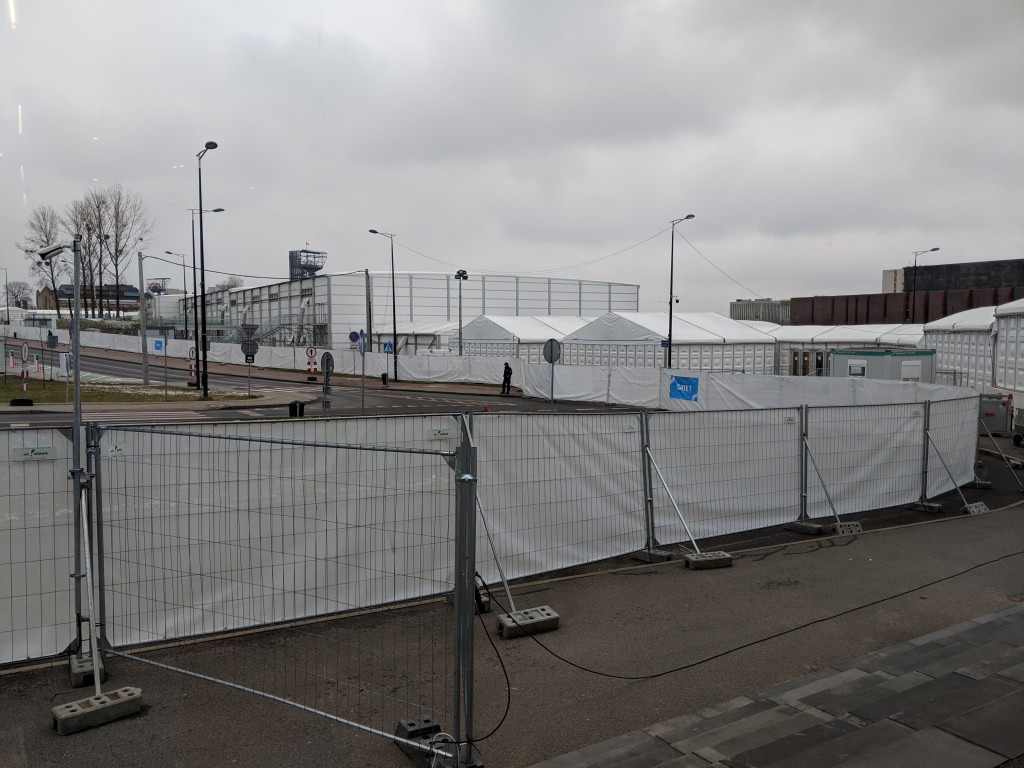
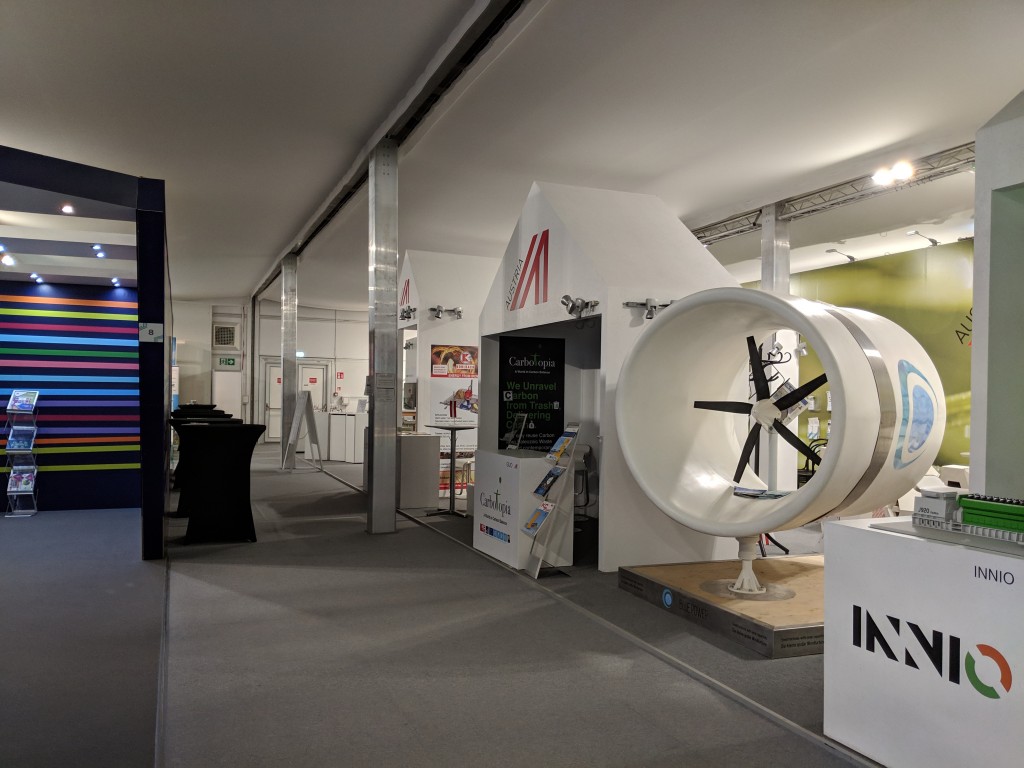
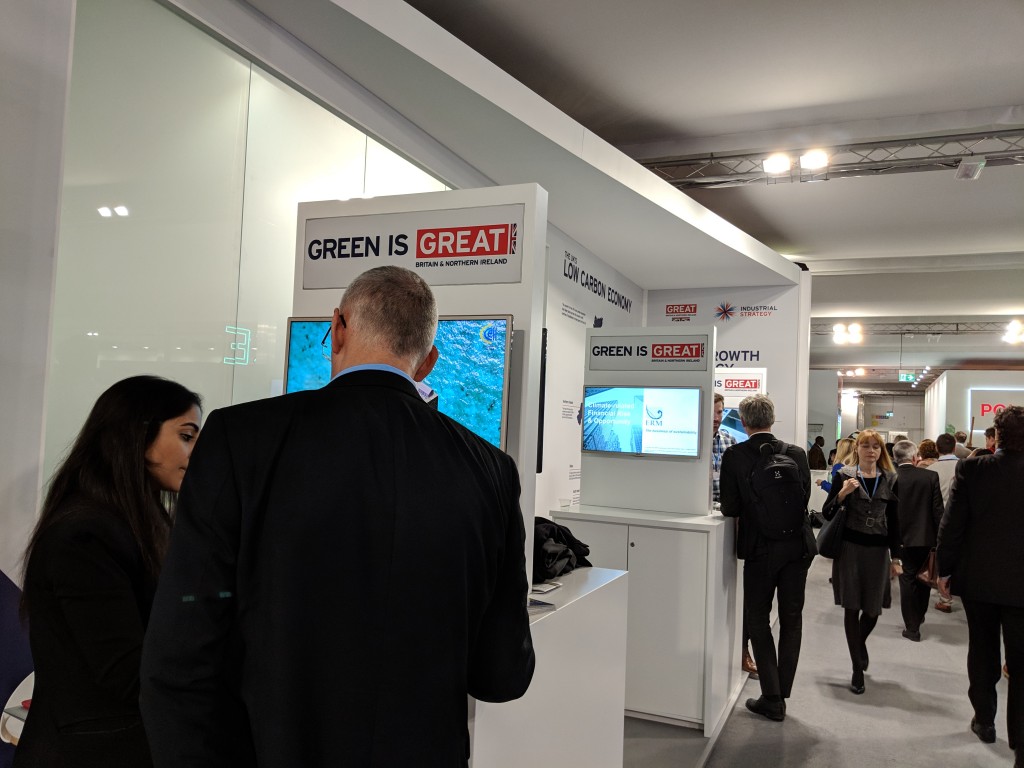
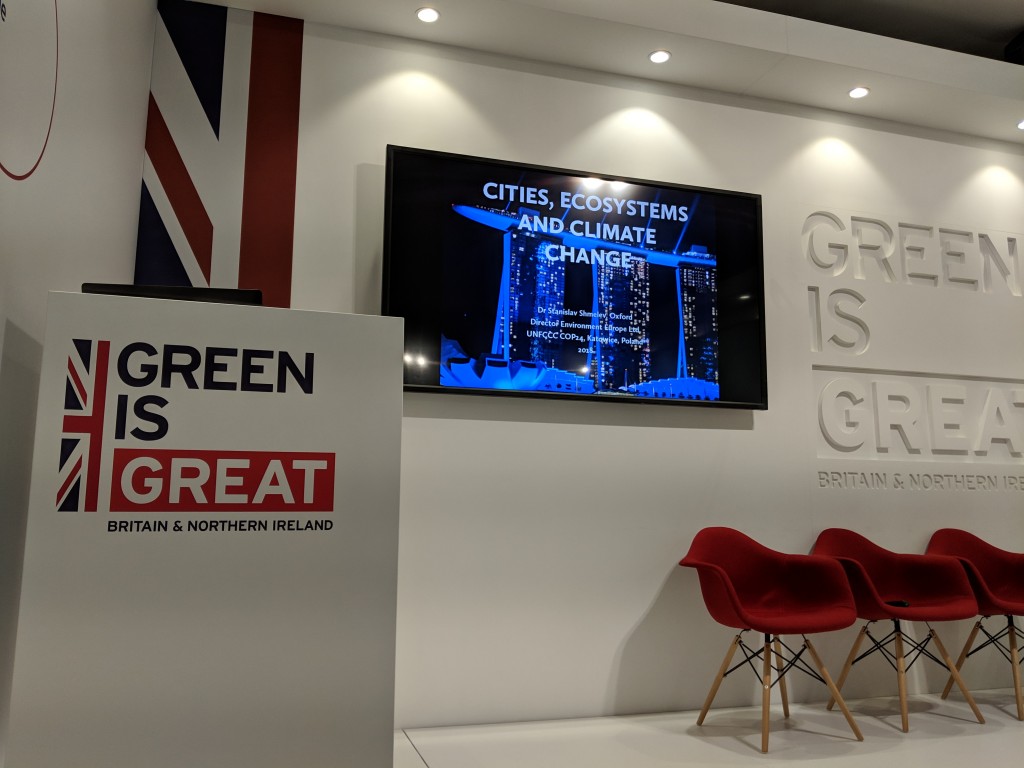
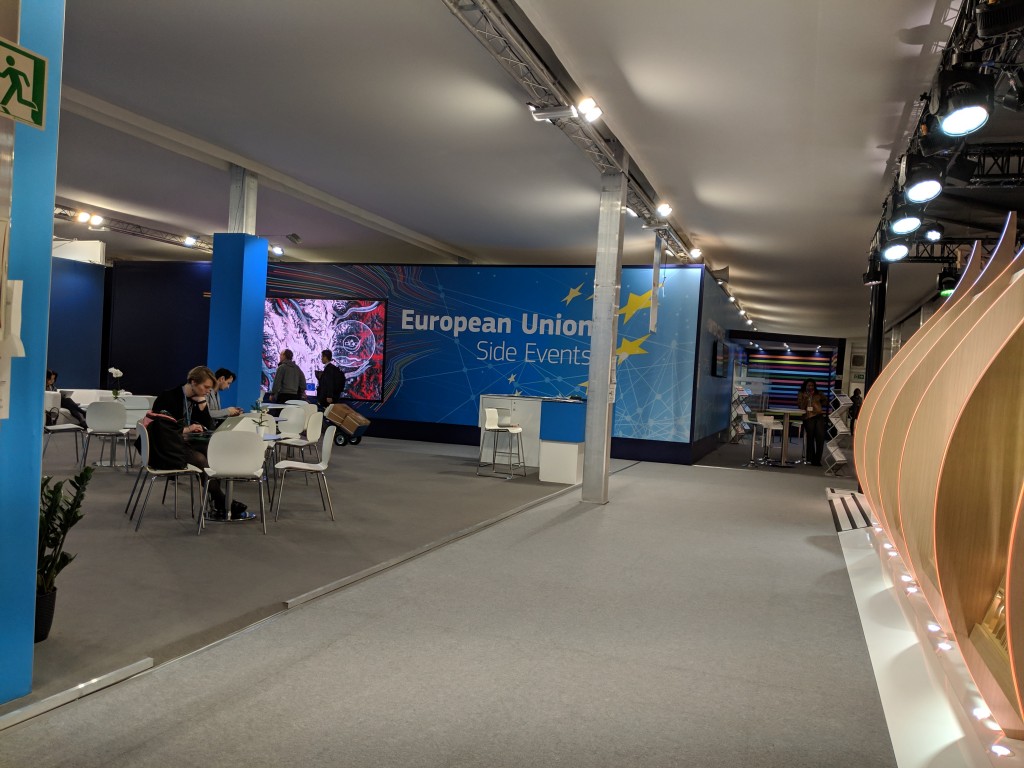
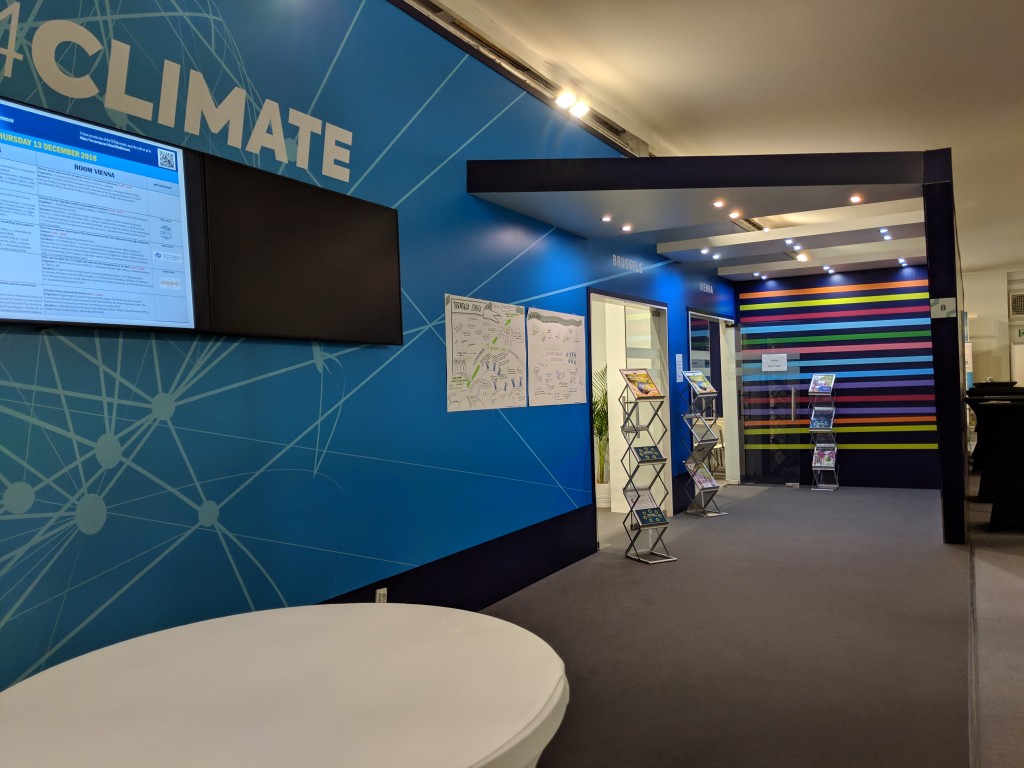
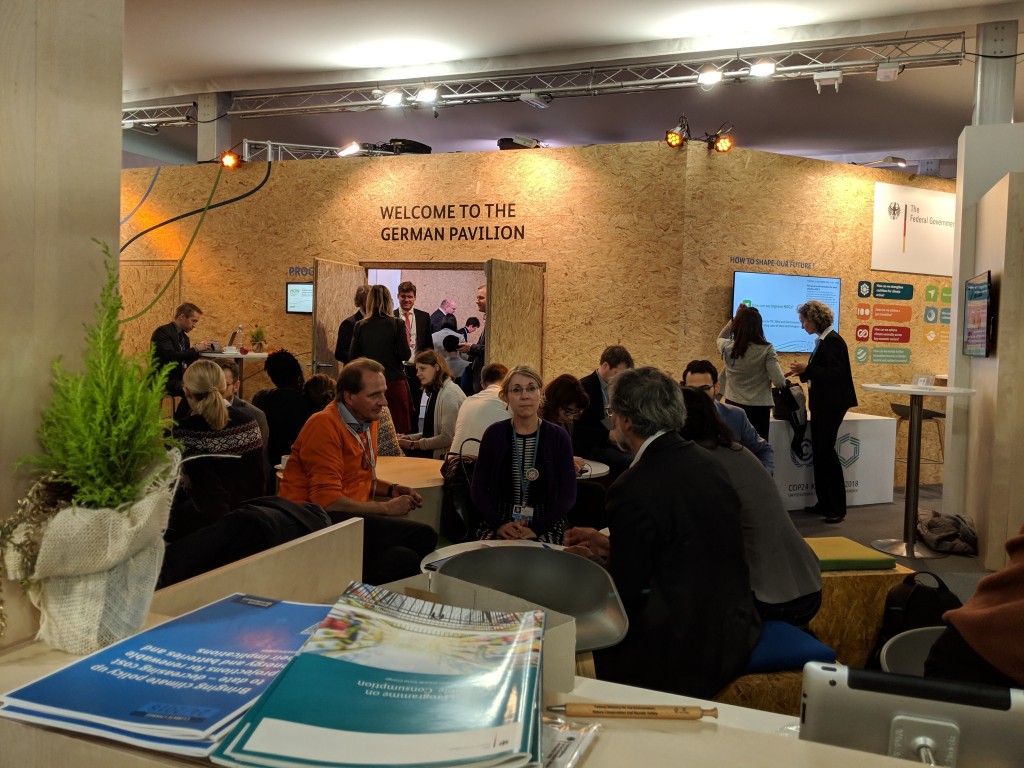
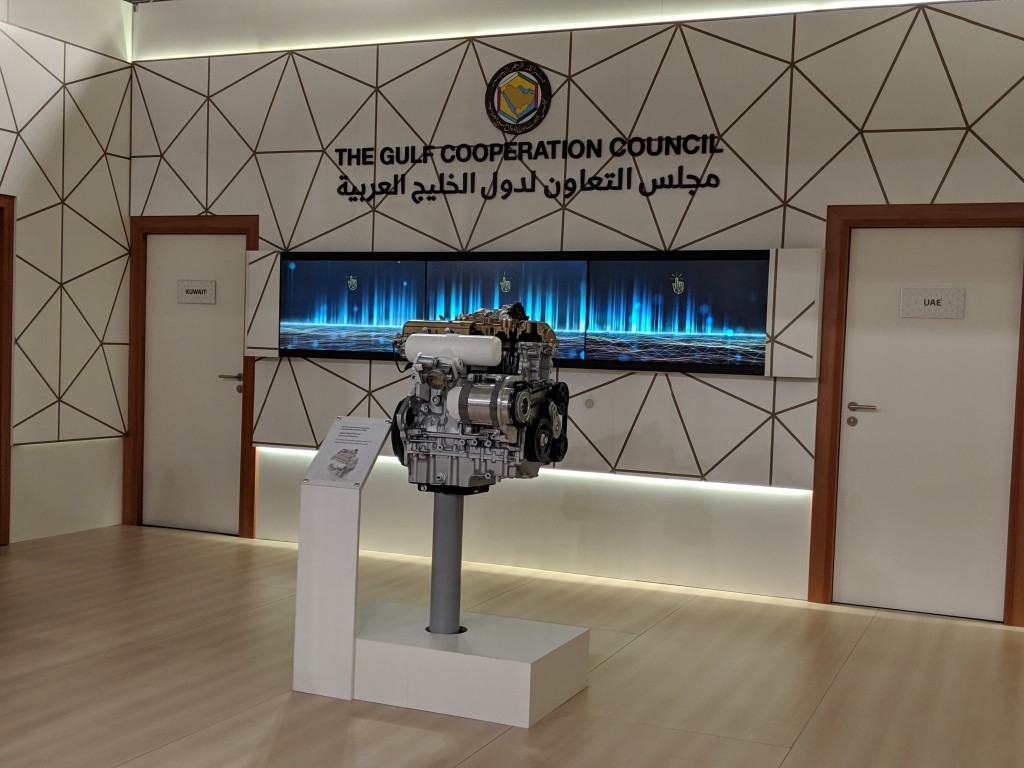
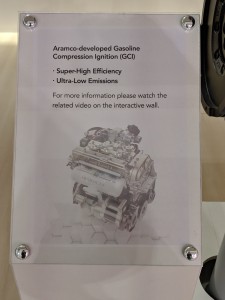
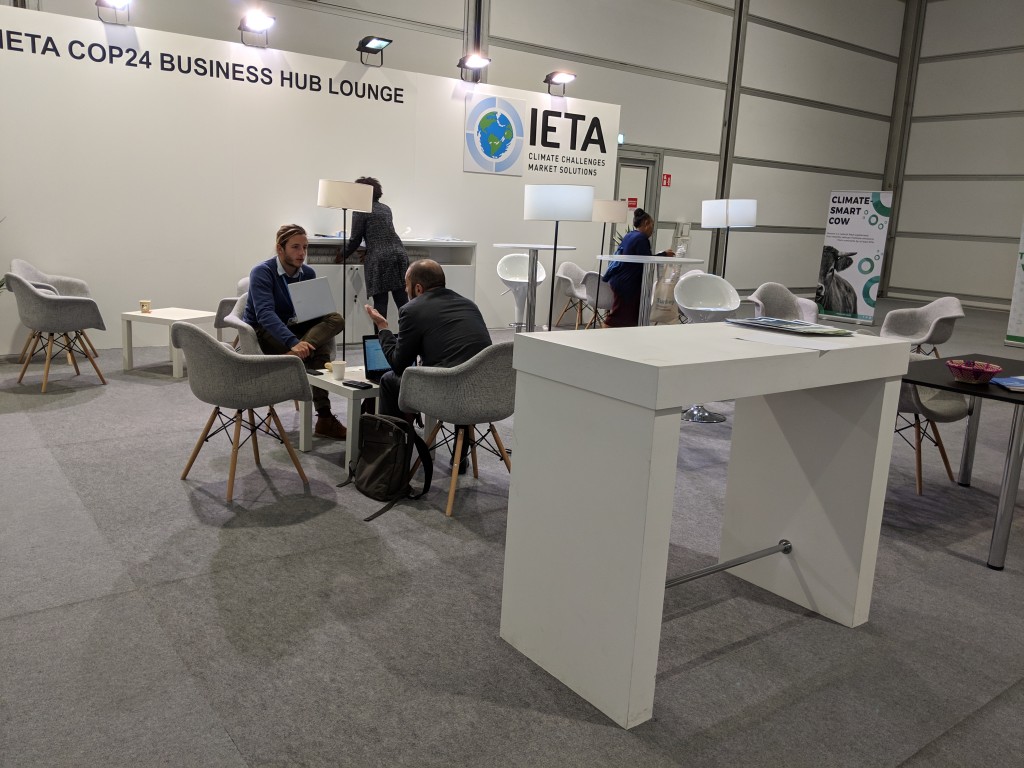
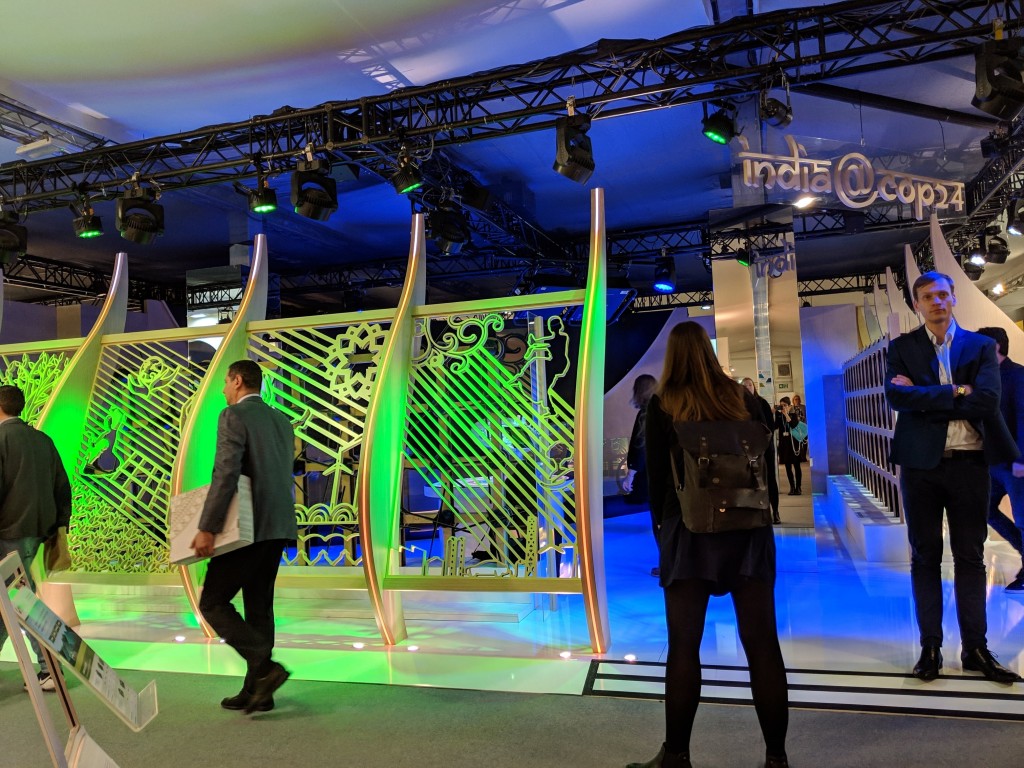
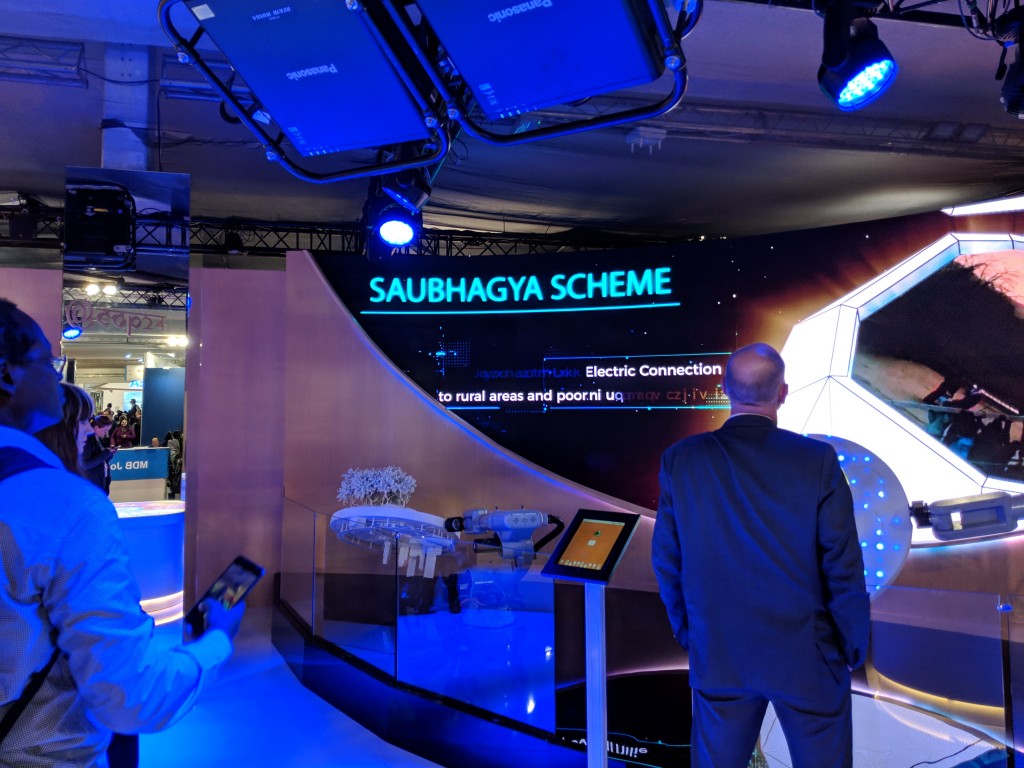
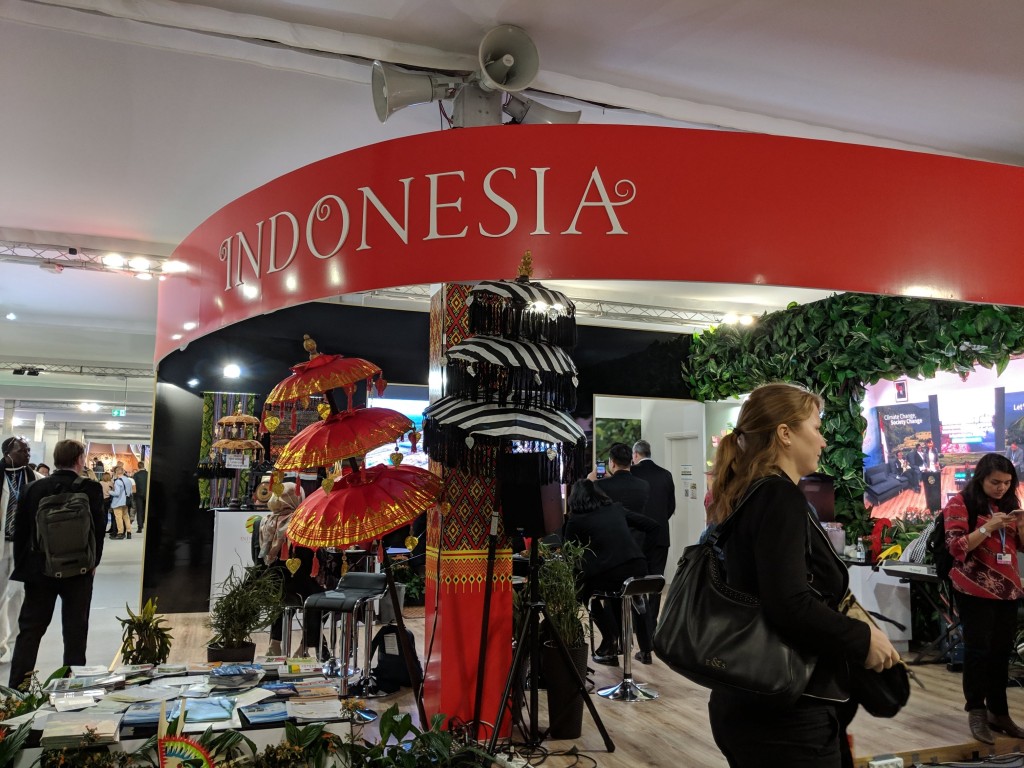
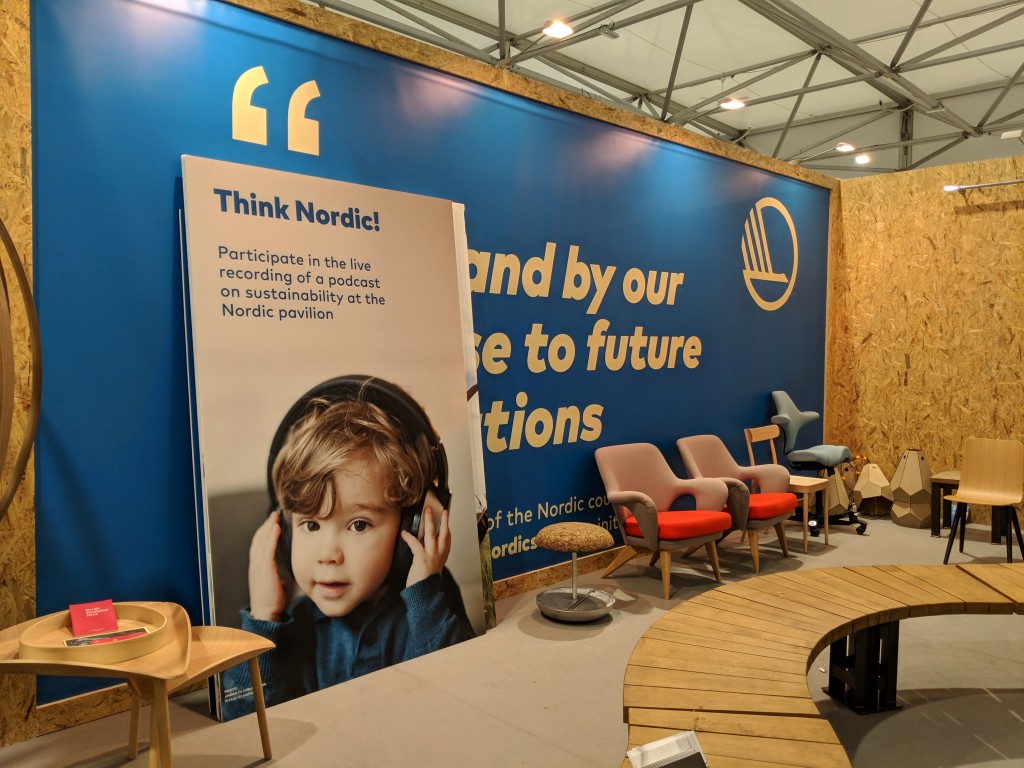
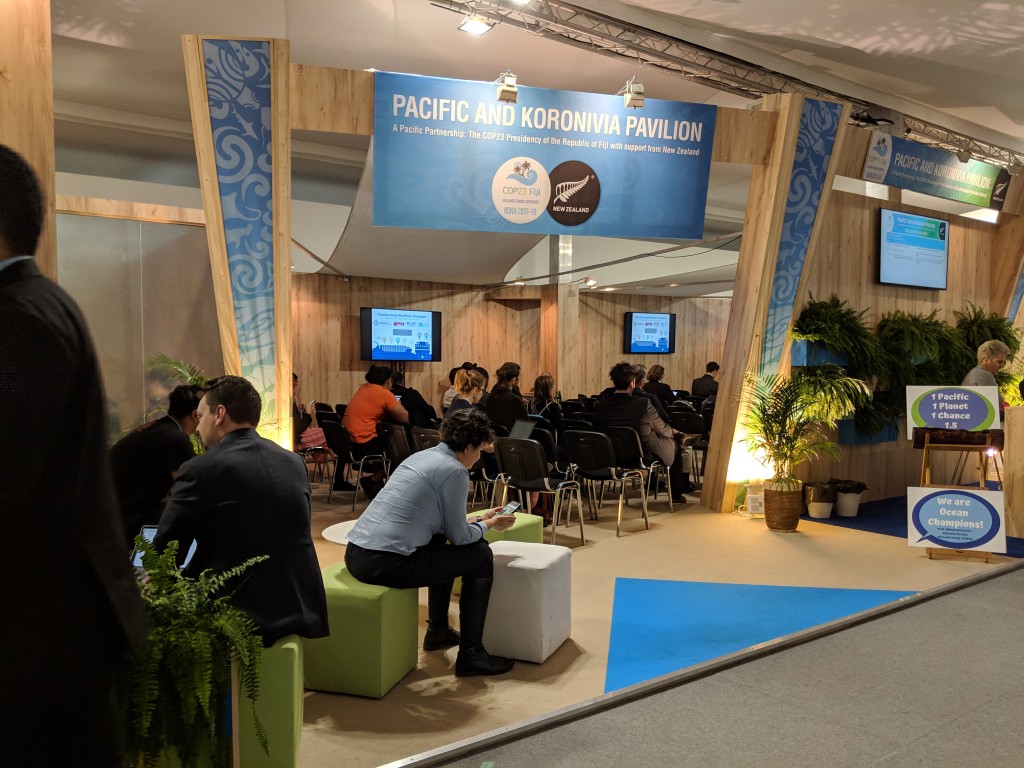
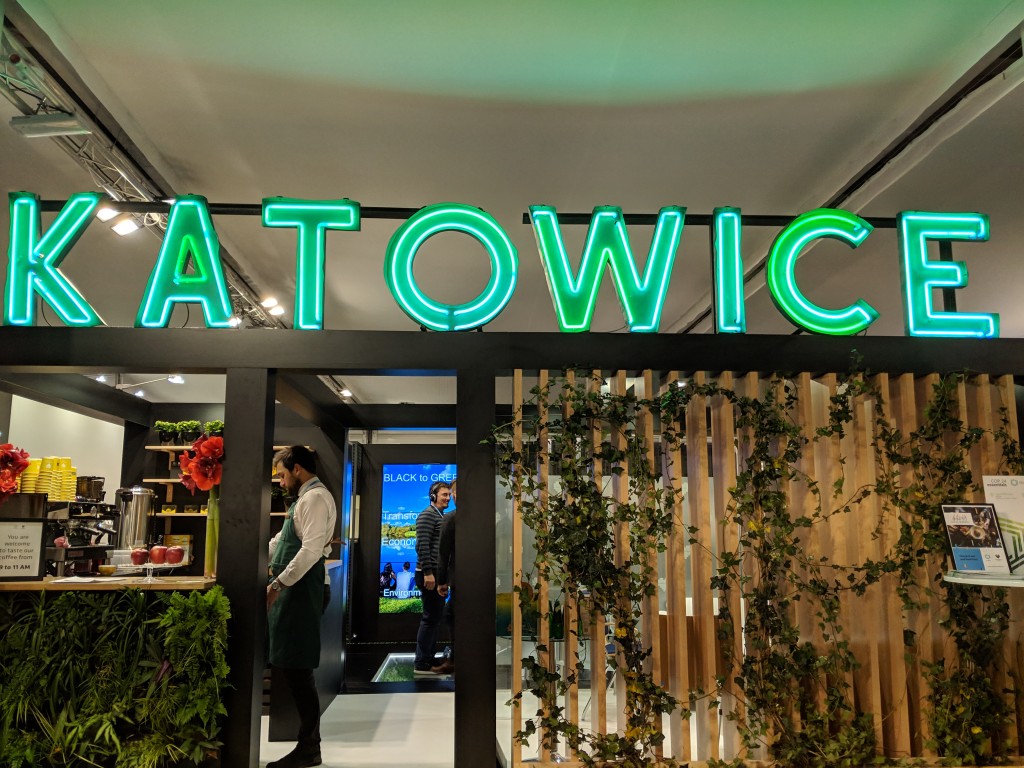
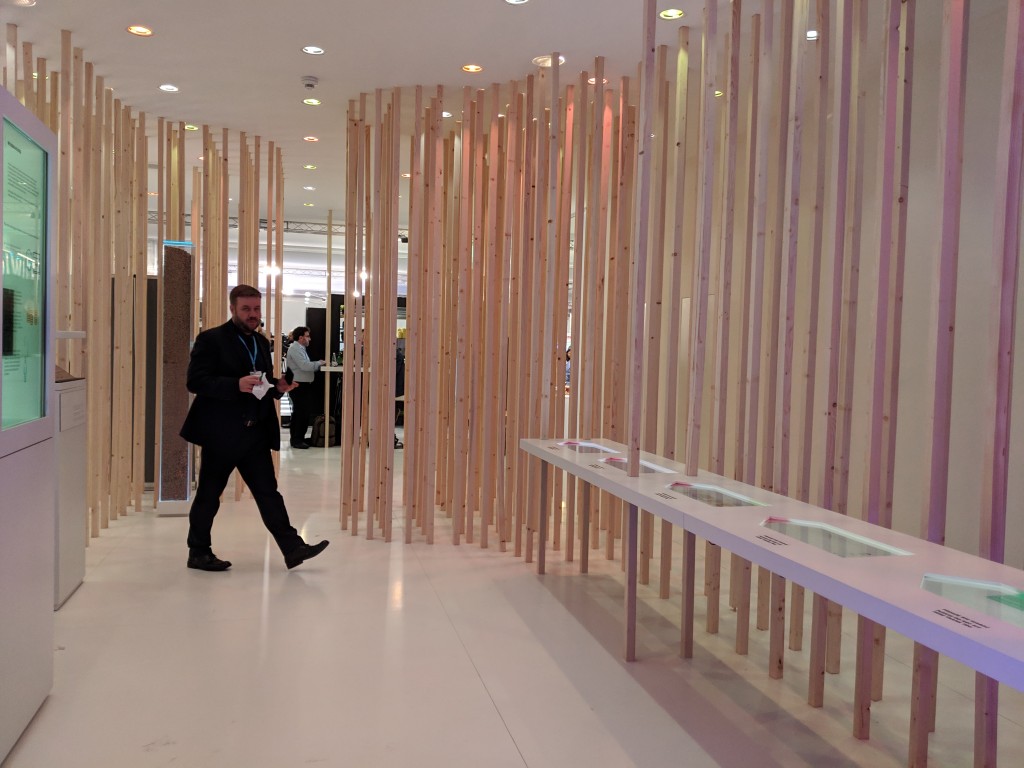
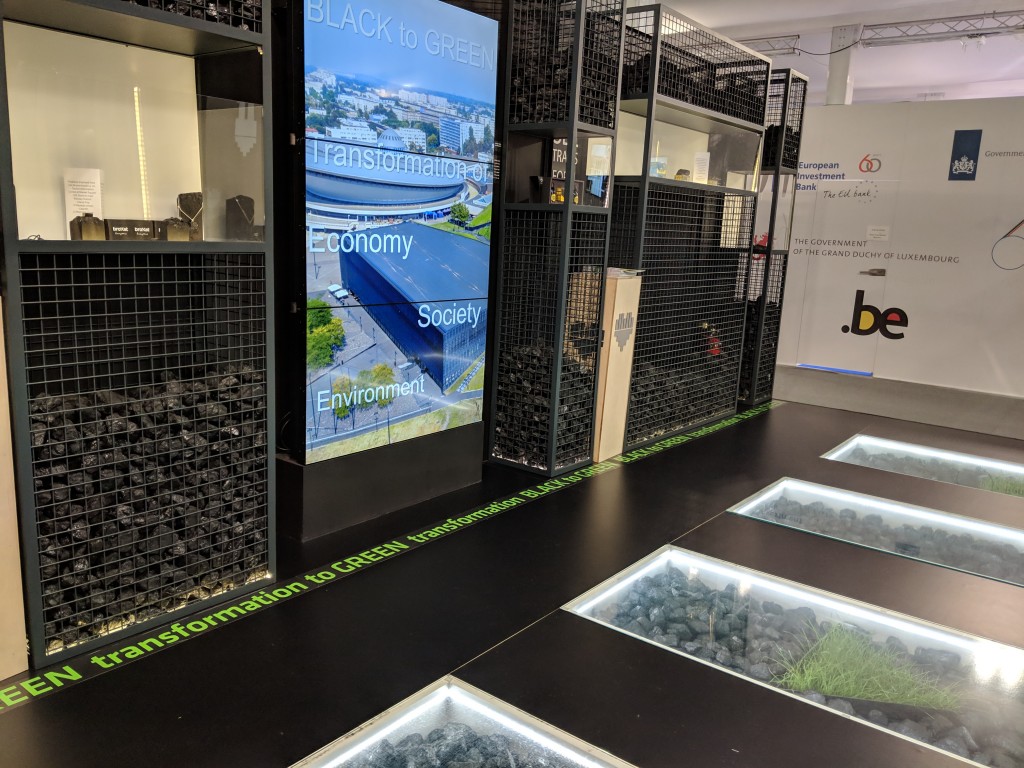
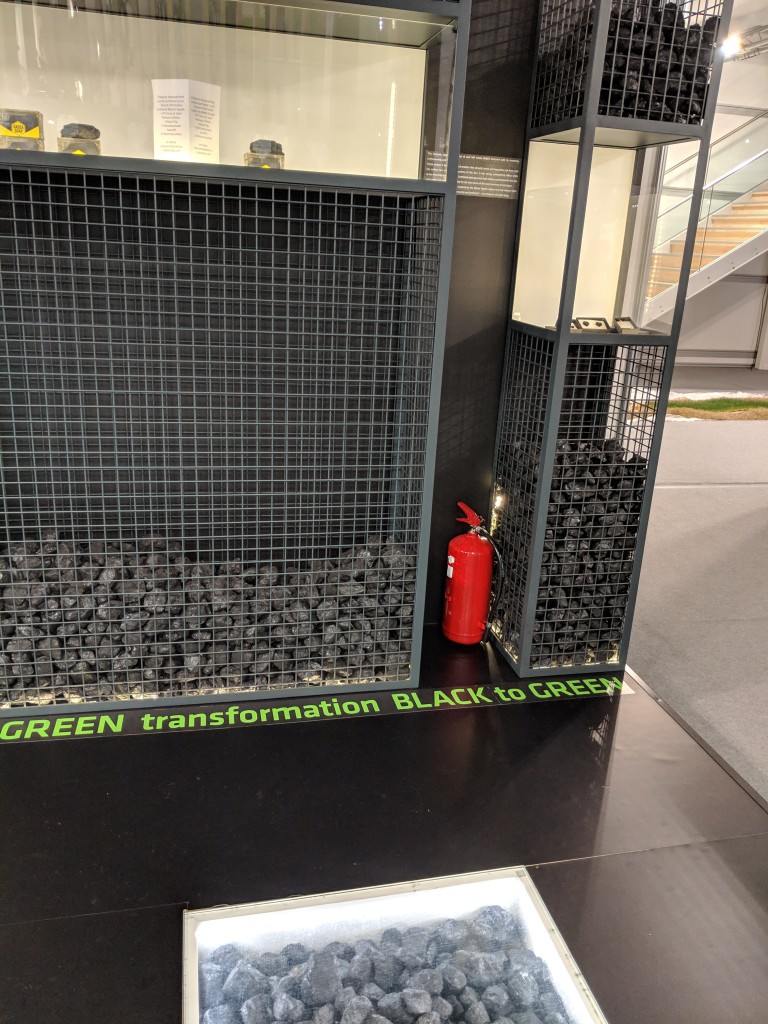
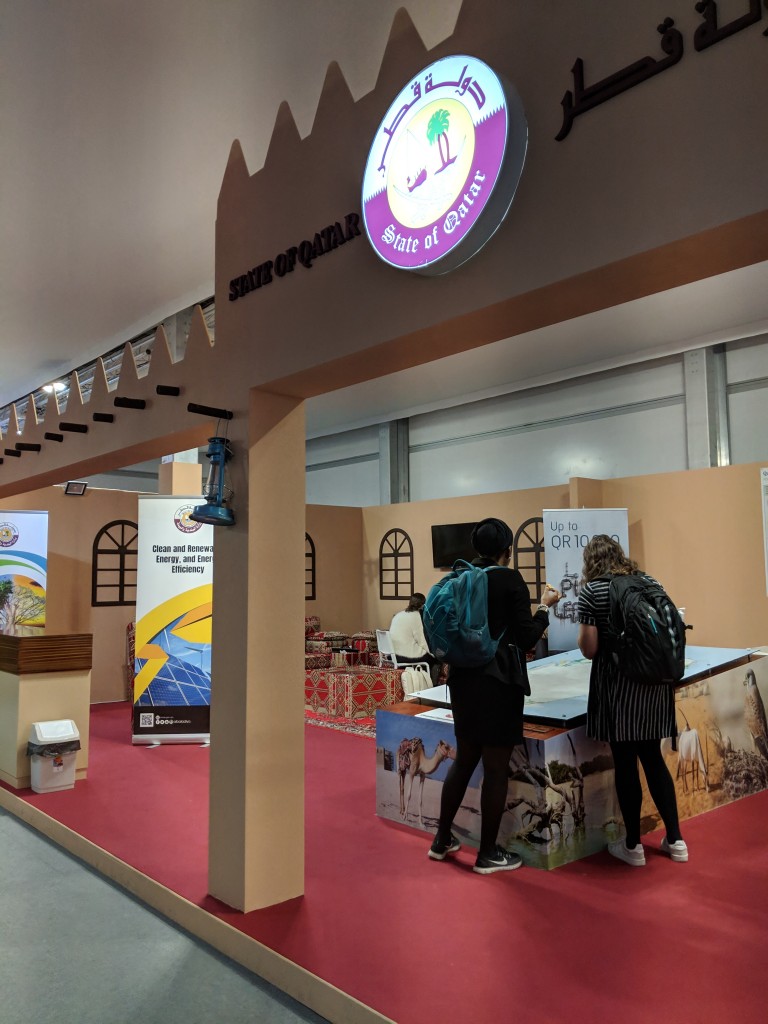
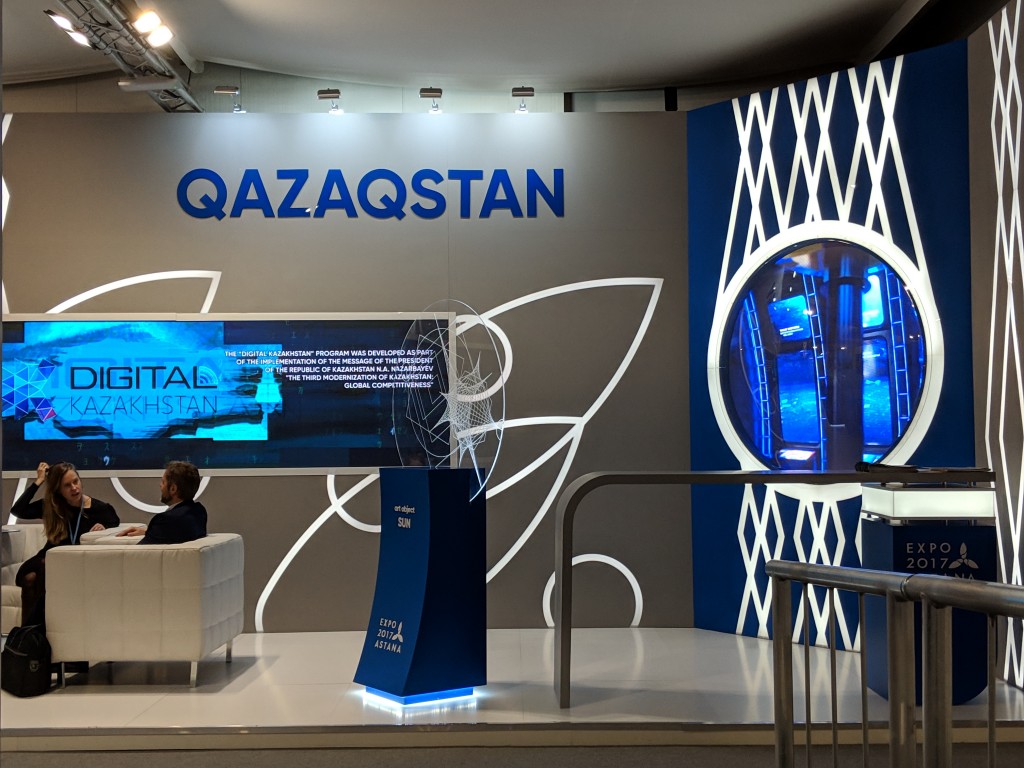
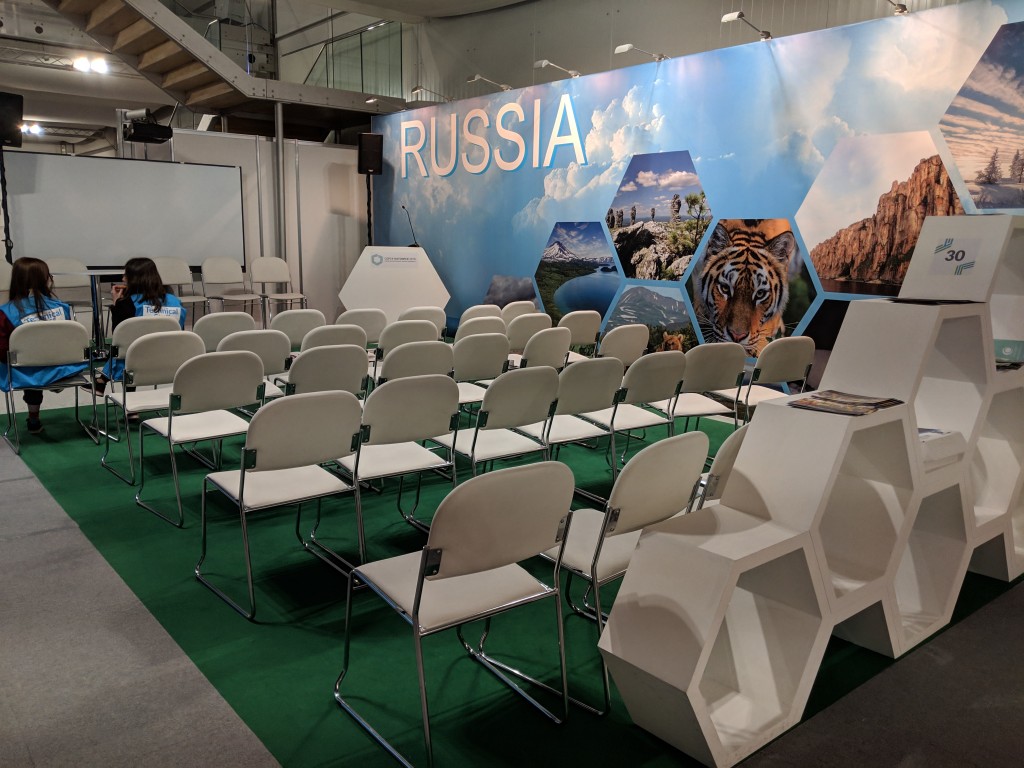
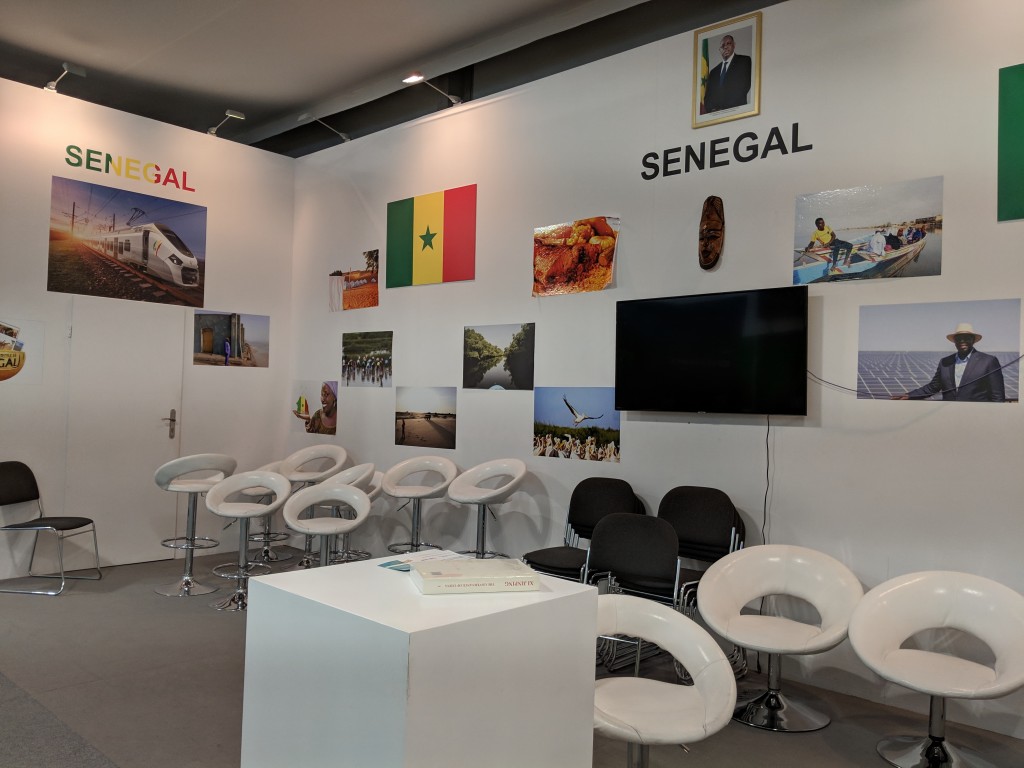
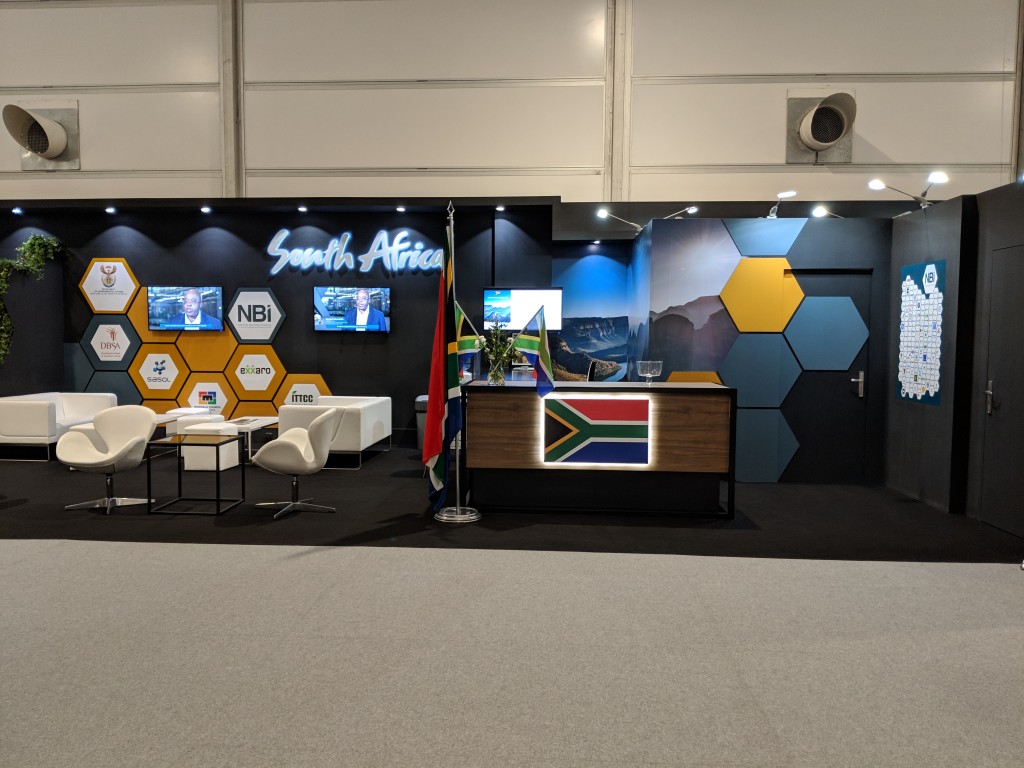
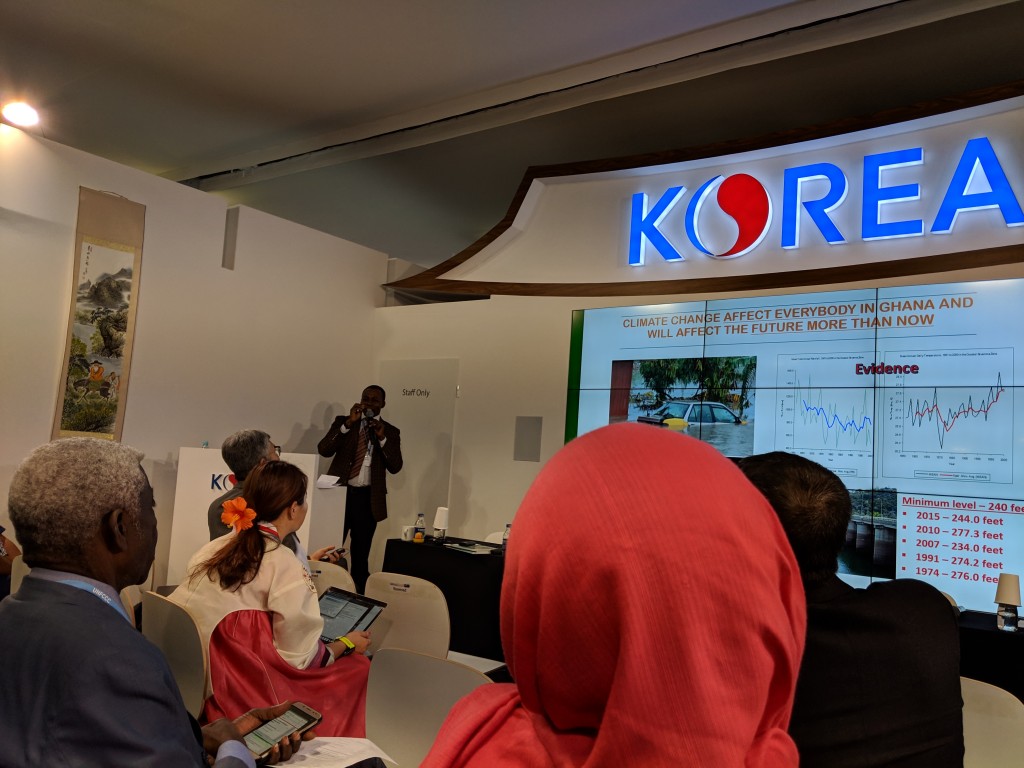
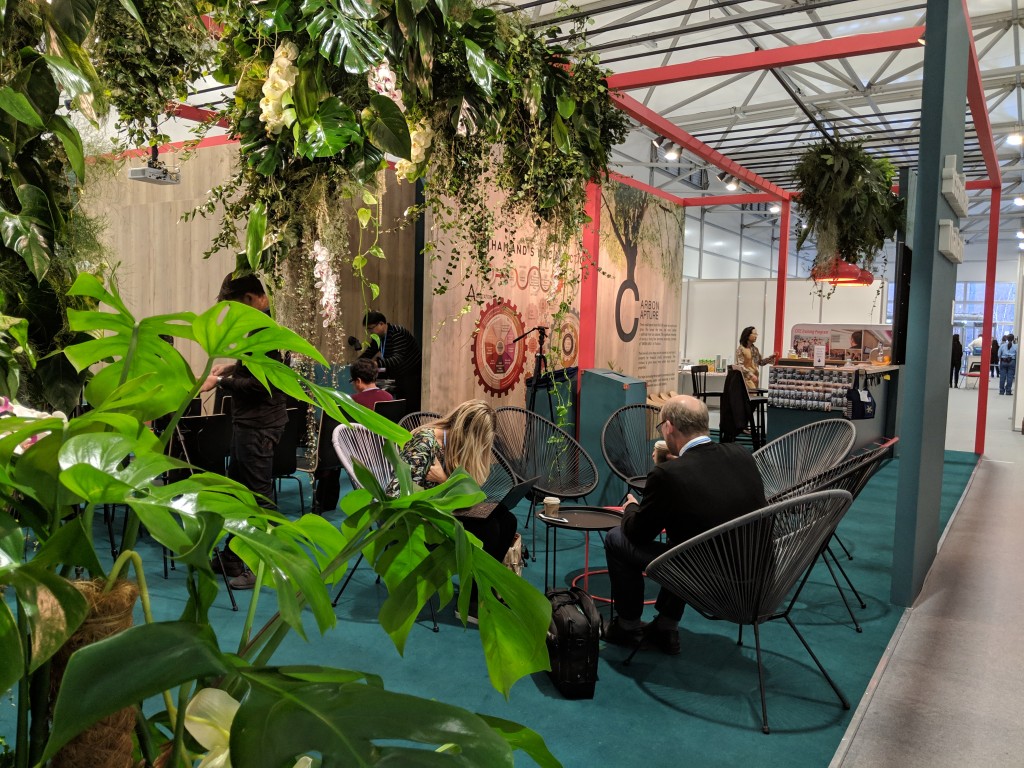
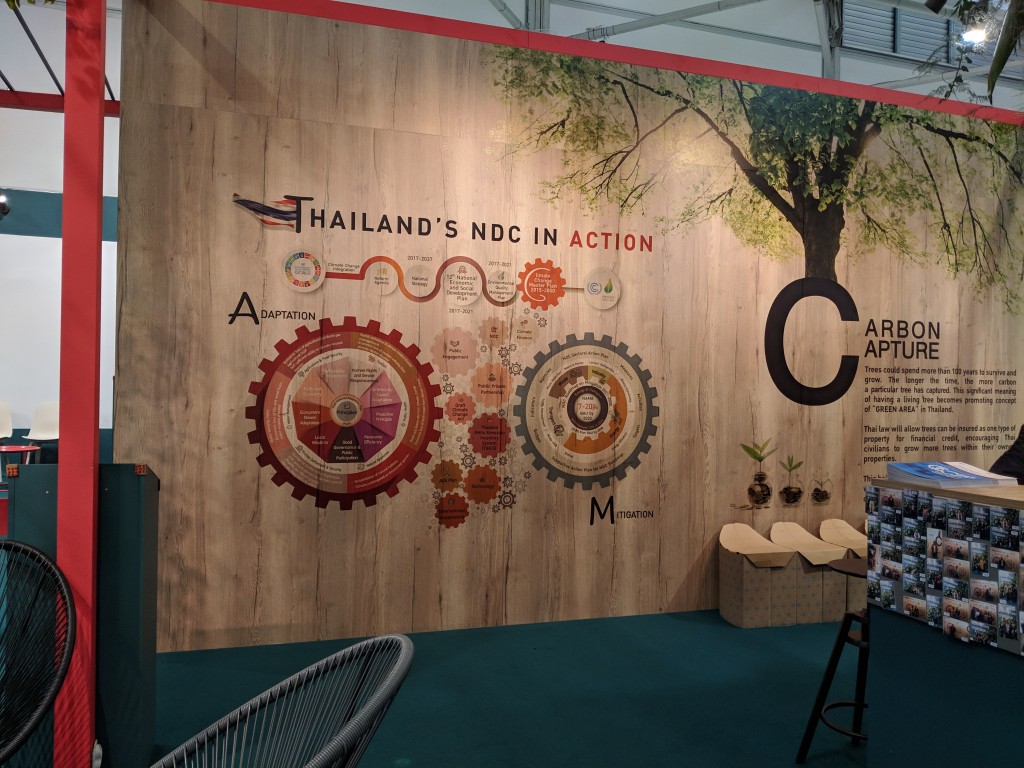
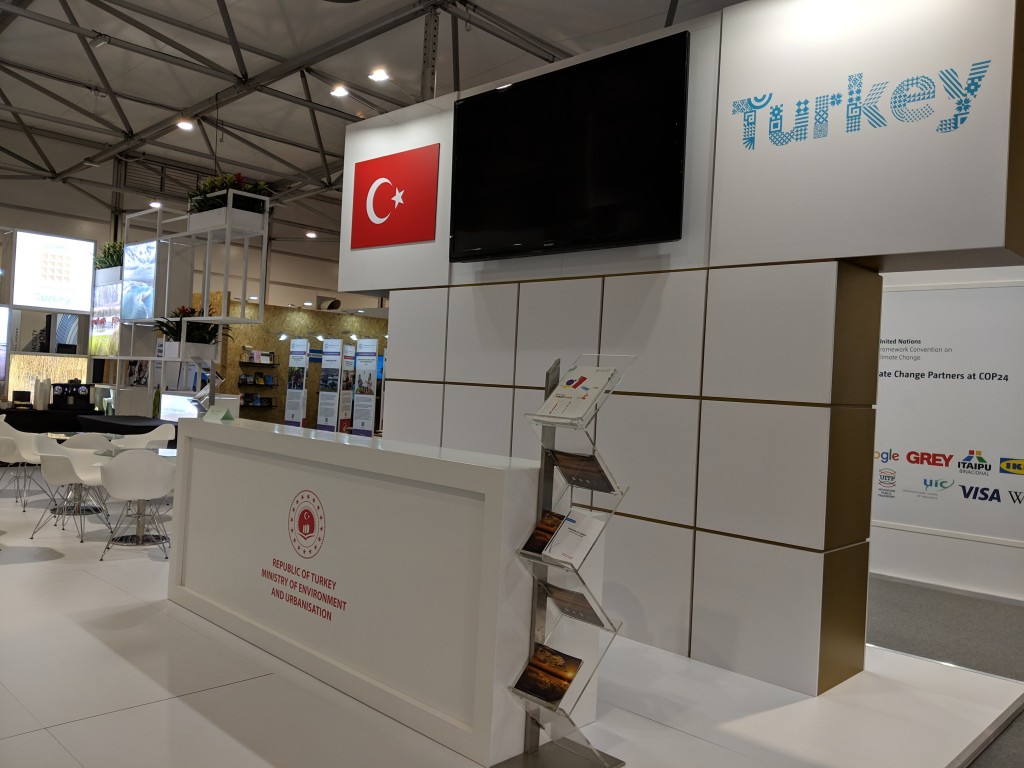
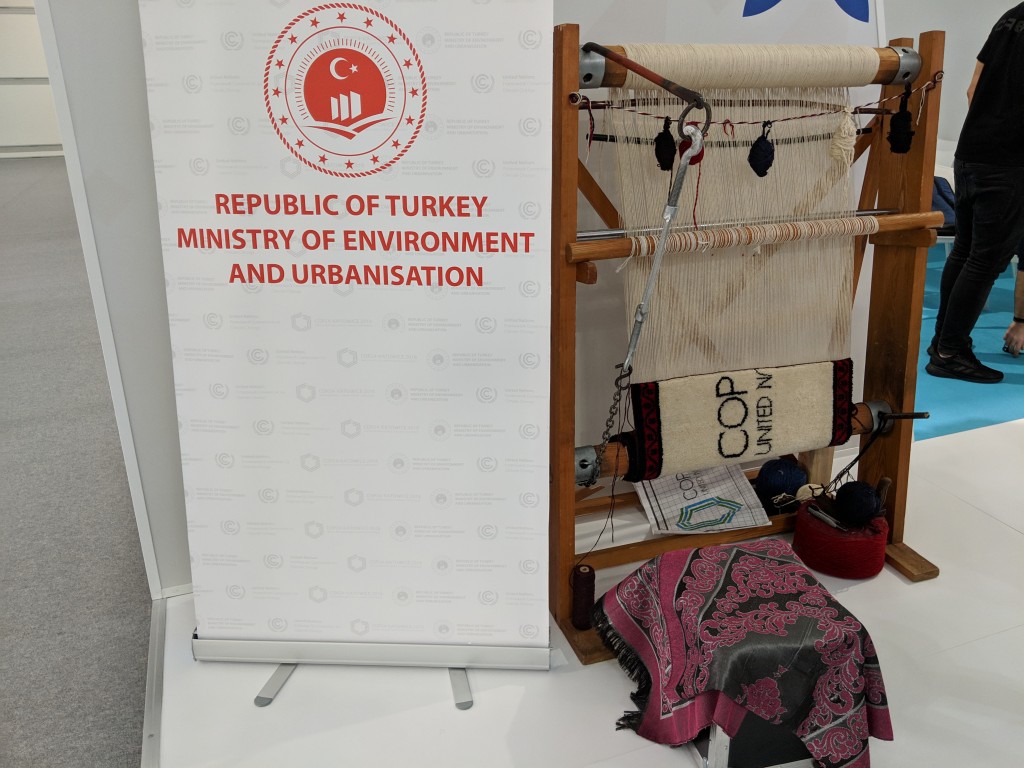
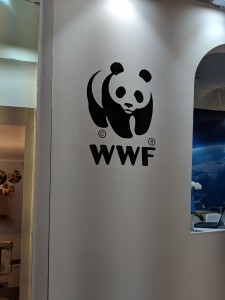
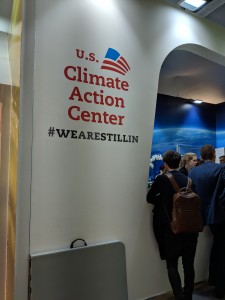
These photos were very helpful to show the different countries and their focus, and it brought the conference somewhat closer to the viewer from afar. We know there are thousands of people there in spaces covering many acres, but seeing spaces identified solidifies the conference into a “tangible” entity. Definitely, a picture is worth a thousand words. Thanks, Melissa. The blogs have been helpful.
Glad it was helpful, Sue – thanks for reading!